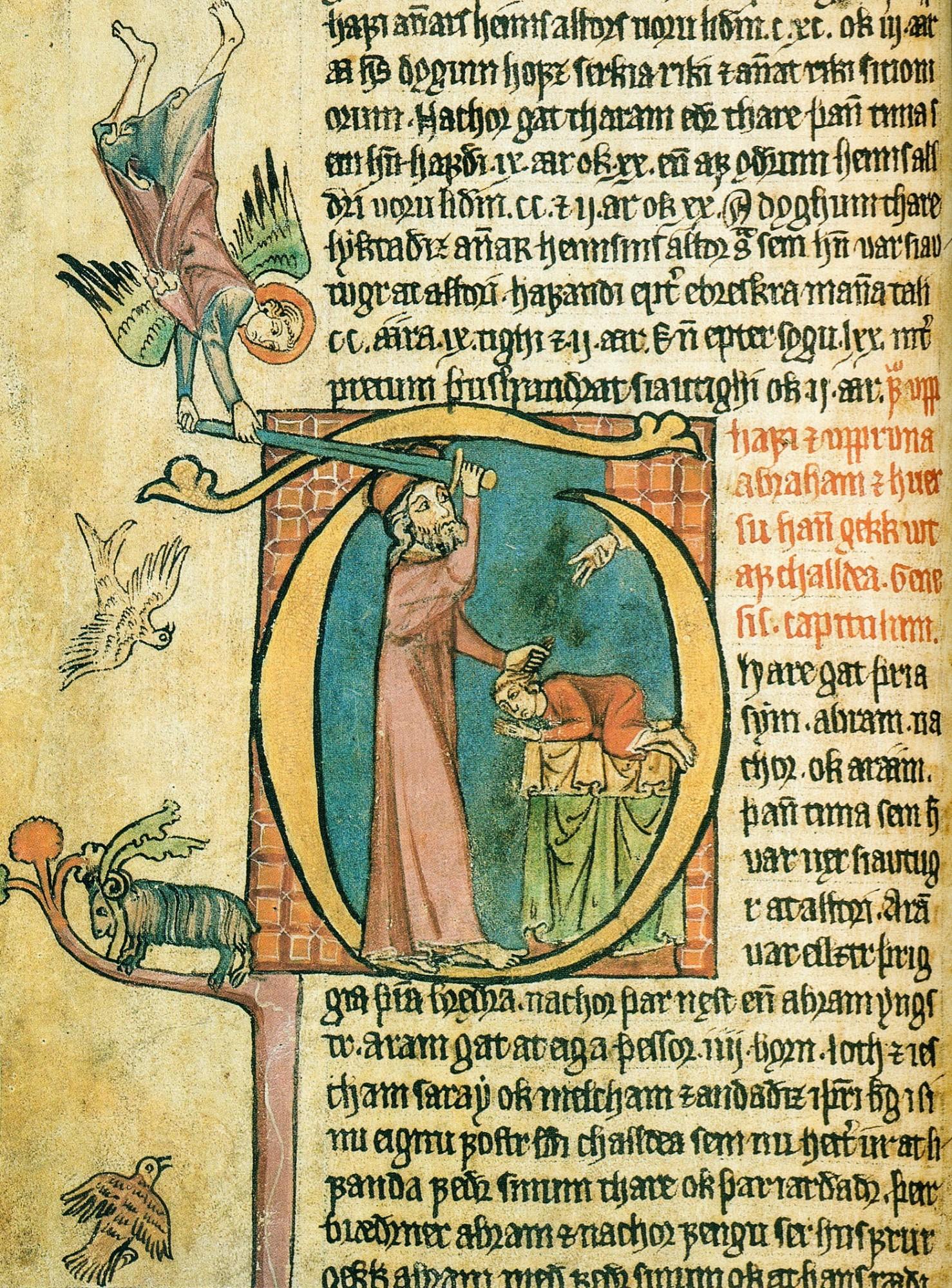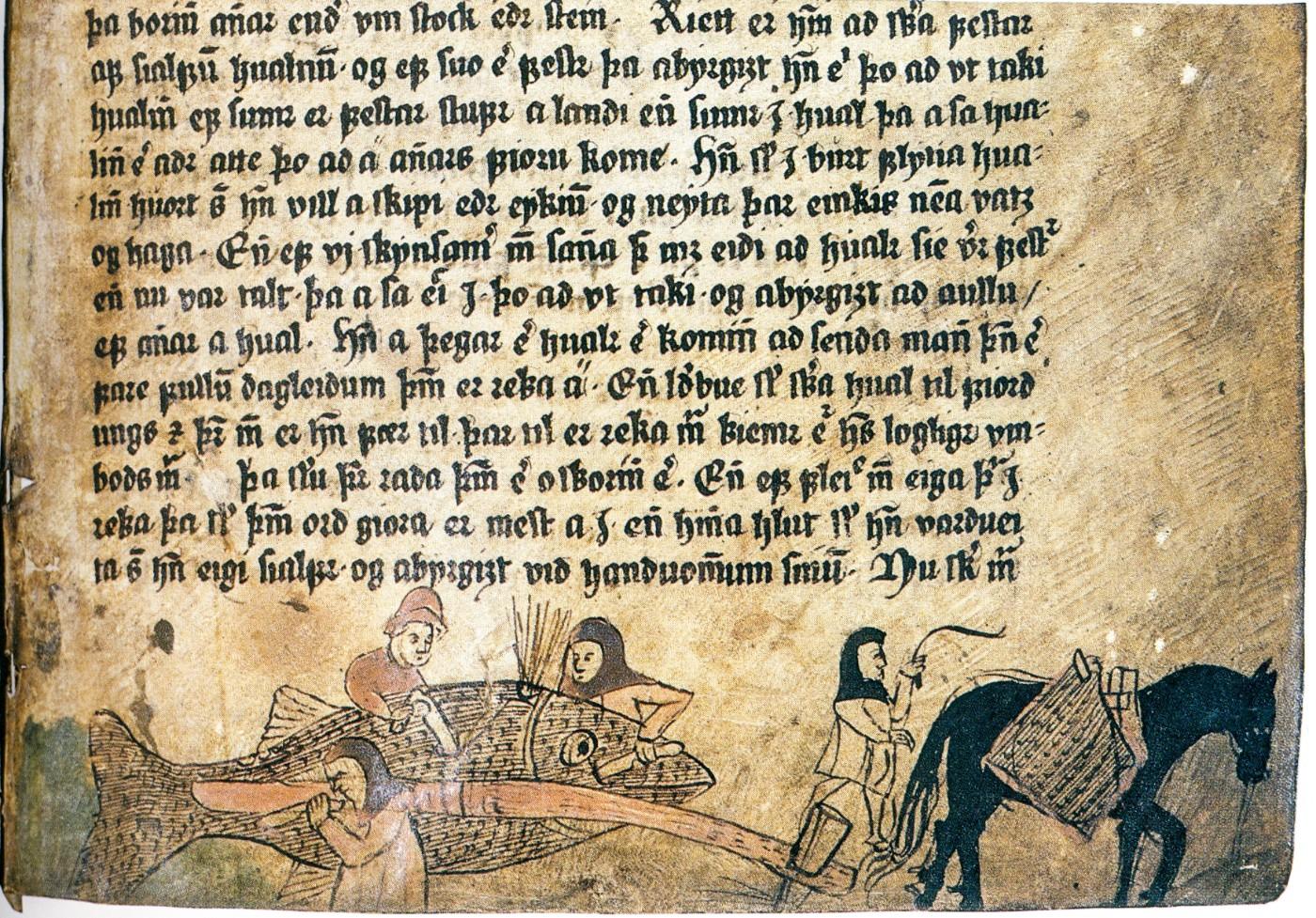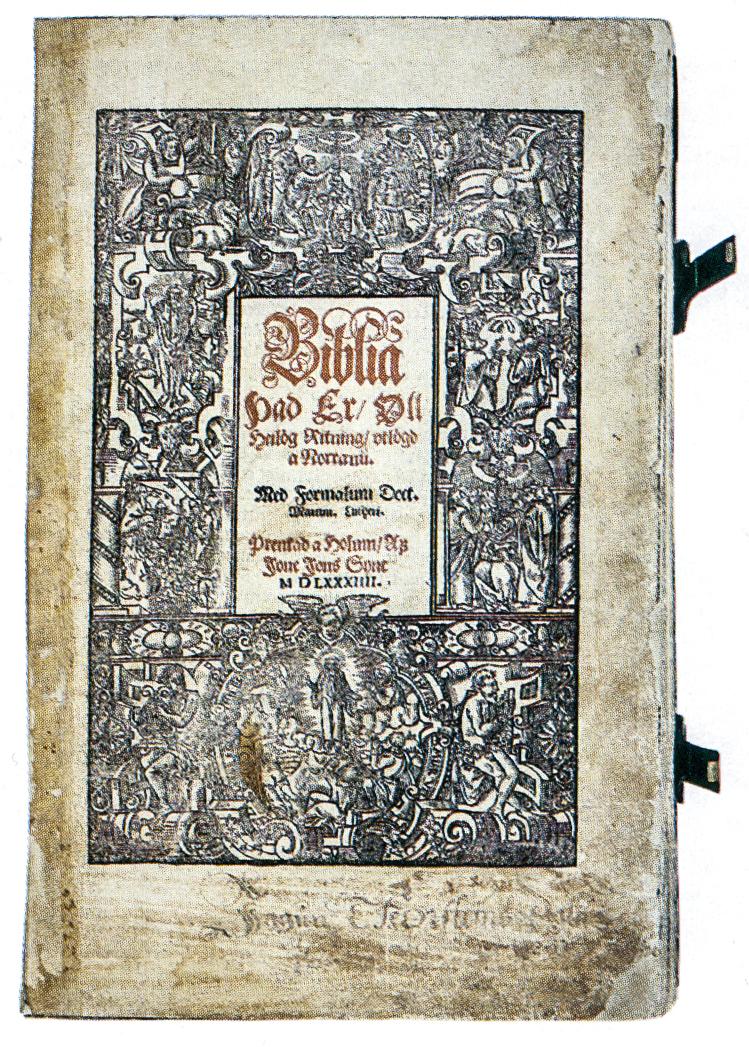Upon his death in 1730, Árni Magnússon left his collection to the University of Copenhagen, in what is now the Arnamagnæan Institute. Iceland, which was a Danish colony from the 1600s until 1944, has long demanded the return of their cultural patrimony. A court ruling in 1965 divided the collection between Copenhagen and the Árni Magnússon Institute for Icelandic Studies in Reykjavík, Iceland.
Dating from as early as the 12th century, the texts include stories of Norse mythology, Viking history, early bibles, and Icelandic sagas. The highlight of the collection is the only remaining copy of Heimskringla, a collection of Old Norse kings sagas. Written in the 13th century by Icelandic poet and historian Snorri Sturluson, the manuscript is now held at the National and University Library of Iceland.



























